Stargazing can sometimes be confusing, especially when differentiating between Ursa Major and the Big Dipper.
However, the challenge lies in understanding that the Big Dipper is just a small part of the larger Ursa Major constellation.
This article will clarify the differences, explaining constellations and asterisms while addressing common questions. By the end, you’ll confidently distinguish Ursa Major from the Big Dipper.
In a Nutshell
- Ursa Major is a constellation, and the Big Dipper is an asterism.
- The Big Dipper has seven bright stars, while Ursa Major contains numerous stars and deep-sky objects.
- Both Ursa Major and the Big Dipper have significant cultural and historical importance.
Let’s dive right in.
Recommended For You
Ursa Major vs Big Dipper: Overview
Defining Constellation
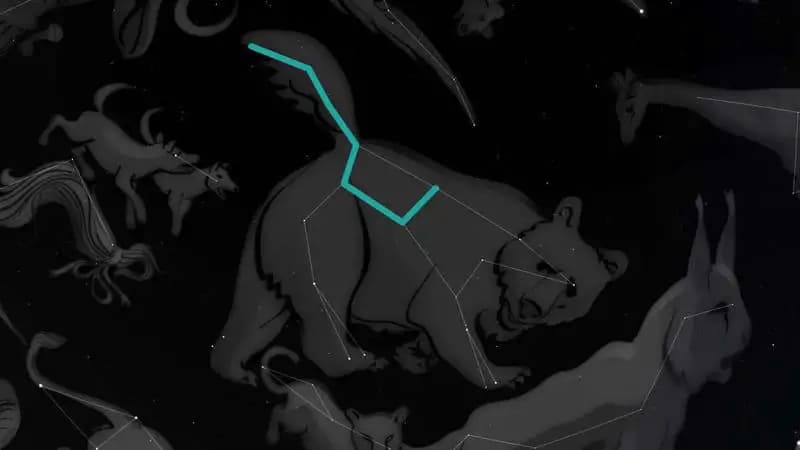
What is the definition of a constellation?
A constellation is an officially recognized pattern of stars in the night sky, often based on ancient myths and symbols. It serves as a reference point for stargazers, while an asterism, like the Big Dipper, is an informal star grouping forming a recognizable pattern within a constellation.
Ursa Major, also known as the Great Bear, is a constellation of various stars that form the shape of a big bear. As an amateur astronomer, you might recognize that constellations are the official star groupings forming a pattern in the night sky. These patterns are often based on ancient myths and symbols, making navigating the sky easier by providing recognizable reference points.
In contrast, an asterism is a more informal grouping of stars that may not be part of an official constellation but still forms a pattern.
Is it correct to say the Big Dipper Constellation? No, the Big Dipper is an example of an asterism as part of the Ursa Major constellation. It comprises seven bright stars that form the outline of a “dipper” shape.
Asterism
Here’s a summary of the differences between a constellation and an asterism:
- Constellations are officially recognized patterns of stars.
- On the other hand, asterisms are informal groupings of stars forming recognizable patterns.
- Constellations often have historical or mythical significance, while asterisms are more open to interpretation.
To help visualize the Big Dipper and its relationship to Ursa Major, picture this:
- The four stars forming the “bowl” of the Dipper represent the Bear’s torso.
- The three stars in the “handle” create the Bear’s oddly long tail.
As an amateur astronomer, understanding the distinction between constellations and asterisms can enhance your experience observing the night sky.
Now that you clearly understand the difference between the Ursa Major constellation and the Big Dipper asterism, continue exploring the wonders of the cosmos with newfound clarity.
FREE STARGAZING CHECKLIST
My 5-page Stargazing Checklist will enhance your astronomical observations.
Follow this free checklist to navigate the night sky with confidence, clarity, and a sense of preparedness for a rewarding stargazing experience.

Ursa Major Stars and Components
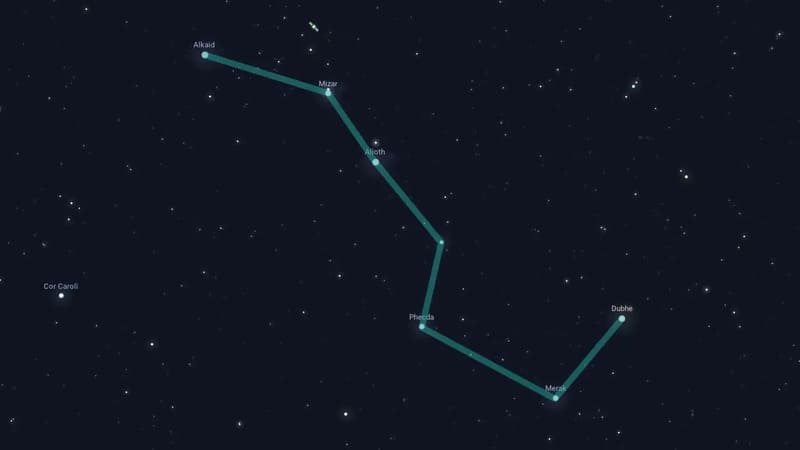
Main Stars in Ursa Major
Ursa Major, the Great Bear, contains several bright stars, including Dubhe, Merak, Alkaid, Megrez, Alioth, Mizar, and Phecda. These stars are part of the well-known asterism called the Big Dipper.
Here are the main big dipper stars and their magnitudes:
- Dubhe – magnitude 1.79
- Merak – magnitude 2.37
- Alkaid – magnitude 1.86
- Megrez – magnitude 3.31
- Alioth – magnitude 1.76
- Mizar – magnitude 2.23
- Phecda – magnitude 2.44
Mizar has a close companion star called Alcor, which is visible to the naked eye on a clear night. Some people consider spotting the bright star Alcor as a test of good eyesight.
Connections with Ursa Minor and Polaris
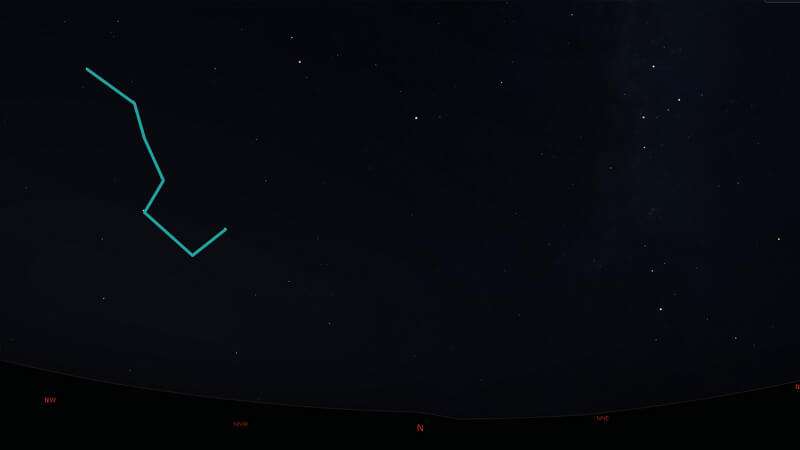
Ursa Major is a helpful guide to finding other essential stars in the night sky.
By connecting the imaginary line between the stars Dubhe and Merak (the two stars at the front of the Big Dipper’s bowl), you can extend it towards Ursa Minor, the little dipper, and locate Polaris, also known as the North Star. Polaris is notable for its use in navigation, as its position in the sky indicates the direction of true north.
To better visualize this connection, imagine the following steps:
- Locate the Big Dipper in the night sky.
- Find the two pointer stars forming the front of the bowl, Dubhe and Merak.
- Extend an imaginary line from Dubhe through Merak and continue this line about five times the distance between these two stars.
- You should reach the pole star Polaris, indicating the direction to the north pole.
Now that you’re familiar with the main stars in Ursa Major and their connections with Ursa Minor and Polaris, you’ll have a better understanding of these important celestial bodies in the night sky.
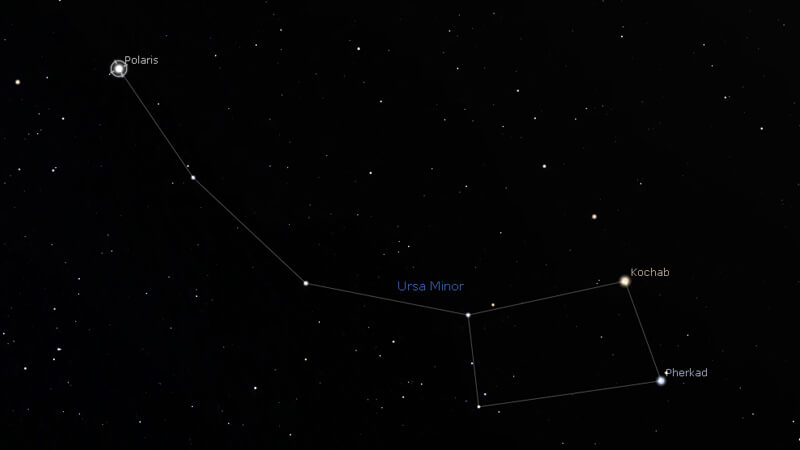
Observation and Astronomical Significance
Why is Ursa Major’s observation important?
Observing Ursa Major is crucial for stargazers, as it helps them locate other celestial objects. By connecting the Big Dipper’s stars, you can find the North Star, Polaris, aiding in navigation. It also guides you to stars like Arcturus, Spica, and Regulus, enhancing your stargazing experience.
Viewing Conditions in Northern and Southern Hemispheres
The Big Dipper is an easily recognizable part of the Ursa Major constellation in North America. To find the Big Dipper, head outside on a clear night and look north. It’s visible throughout the year and is most visible in spring when it appears highest in the sky.
From the Southern Hemisphere, viewing Ursa Major becomes challenging, and you’ll need a good telescope to observe it.
Here are some viewing tips for both hemispheres:
- Northern Hemisphere: Look north; visible throughout the year.
- Southern Hemisphere: Find a telescope; visibility is limited.
Using Ursa Major to Locate Other Celestial Objects
Besides being an iconic constellation, Ursa Major offers some excellent stargazing opportunities.
Using the Big Dipper’s stars as guides, you can locate other celestial objects like stars and constellations.
- North celestial pole: Extend an imaginary line from the two stars forming the front edge of the Big Dipper’s bowl—Merak and Dubhe—and it’ll point towards Polaris, the North Star. Polaris is the tip of the “Little Dipper” or Ursa Minor.
- Arcturus: Follow the curve of the Big Dipper’s handle away from the bowl, and you’ll soon come across Arcturus, the bright orangish-red star in the constellation Bootes.
- Spica: Keep following the curve from Arcturus, and you’ll eventually find Spica, the brightest star in the constellation Virgo.
- Regulus: Imagine a line connecting the two stars at the far end of the Big Dipper’s bowl (opposite the handle), and extend it. This line will lead you to Regulus, the brightest star in Leo.
Using Ursa Major as a guide also helps determine your latitude in the Northern Hemisphere.
The altitude, or the angle between the horizon and Polaris, corresponds roughly to your latitude. For instance, if Polaris is 40° above the horizon, your latitude is around 40° North.
Grab your telescope or trusty pair of binoculars and enjoy a night of stargazing as you use Ursa Major to explore the night sky.
Deep Sky Objects in Ursa Major

What are the deep sky objects in Ursa Major?
Ursa Major boasts numerous galaxies and nebulae. Notable examples include M81 (Bode’s Galaxy) and M101 (The Pinwheel Galaxy), both millions of light-years away. Other fascinating sights include M82 (the Cigar Galaxy), Saptarishi nebula, and an array of captivating stars and binary systems.
Galaxies and Nebulas in Ursa Major
Ursa Major has numerous galaxies and nebulae worth gazing at. Two of the most famous spiral galaxies in Ursa Major are M81 (Bode’s Galaxy) and M101 (The Pinwheel Galaxy). M81 is around 11.74 million light-years away, while M101 is 21 million light-years from us.
Here are some of the other striking deep sky objects in Ursa Major:
- M82, also known as the Cigar Galaxy
- A notable nebula in the region called Saptarishi
Stars and Binary Systems in Ursa Major
Ursa Major is home to an array of fascinating stars and binary systems. Some of these stars, like Dubhe and Merak, are among the seven bright stars in the Big Dipper. These pointers help find the North Star, Polaris.
Some interesting stars and binary systems in Ursa Major include:
- The Ursa Major Moving Group: A group of young stars moving together
- Double stars: Examples include Horse and Rider (Mizar and Alcor)
- Binary star systems: These systems contain two stars orbiting a common center of mass
Remember that Ursa Major is a circumpolar constellation, meaning it never sets below the horizon for viewers in the Northern Hemisphere. This makes it easily visible throughout the year for stargazers.
As you continue exploring the night sky, you’ll discover more breathtaking sights within Ursa Major and beyond.
Cultural and Historical Significance
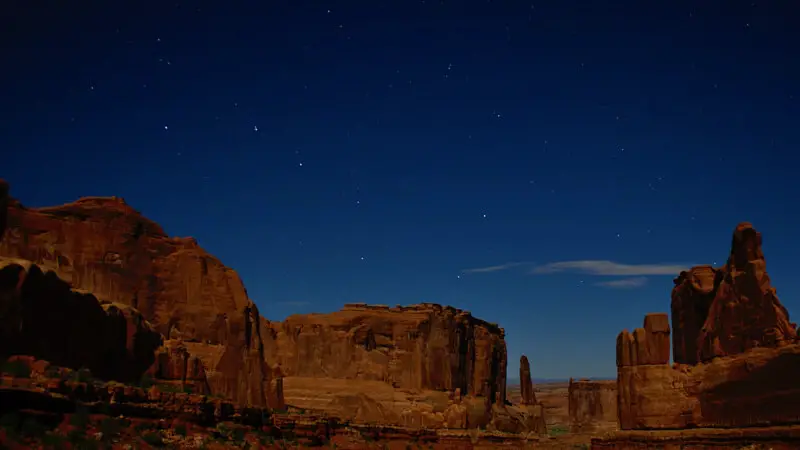
What makes Ursa Major culturally and historically significant?
Ursa Major’s rich cultural heritage spans Greek, Indian, Siberian, and North American folklore, leaving an indelible mark on art and literature. Its vital role in navigation, agriculture, and calendars underscores its profound and enduring celestial importance, connecting cultures through the ages.
Ursa Major in Mythology
The Ursa Major constellation has deep roots in various ancient mythologies.
In ancient Greek folklore, the figure represented Callisto, who was turned into a bear by Zeus and later immortalized in the stars.
Other cultures have also seen Ursa Major as a celestial symbol of a bear, such as:
- Indian Vedic traditions
- Siberian traditions
- North American indigenous cultures
Ursa Major in Literature and Art
Throughout history, Ursa Major has been referred to by different names across cultures, playing a significant role in literature and art.
Some of these names include:
- Plough – England
- Great Wagon – Europe
- Saucepan – Netherlands
- Saptarishi – India
These references to Ursa Major have made their way into iconic poems, stories, and artwork that celebrate the mythology and lore associated with this famous constellation.
Ursa Major in Science and Technology
Ursa Major is significant in cultural history and has played a crucial role in science and technology.
In technology, Ursa Major serves as a celestial clock. Since it never sets in the Northern Hemisphere, it provides a consistent reference point throughout the year.
This knowledge has been valuable for navigation, agriculture, and the development of calendars.
Frequently Asked Questions
What is the connection between Ursa Major and the Big Dipper?
The connection between Ursa Major and the Big Dipper is that the Big Dipper is an asterism within the Ursa Major constellation. To be clear, an asterism is a smaller pattern or shape within a constellation. In this case, the Big Dipper represents Ursa Major’s torso’s back half and long tail.
How are Ursa Major and Ursa Minor different?
Ursa Major and Ursa Minor are different because they are separate constellations in the night sky. Ursa Major, also known as the Great Bear, is larger and more easily visible than Ursa Minor. Ursa Minor, the Little Bear, contains the famous Polaris or North Star, and the little dipper. Think of Ursa Major as the big sibling and Ursa Minor as the little one, each with unique star patterns.
What role does Ursa Major play in mythology?
Ursa Major plays a significant role in various mythologies around the world. For example, in Greek mythology, the constellation represents Callisto, a nymph transformed into a bear by the jealous goddess Hera. In Native American tales, the stars form a celestial bear pursued by hunters. So, Ursa Major has entertained people across cultures with its mythical stories throughout history.
Why is Ursa Major sometimes referred to as the Great Bear?
Ursa Major is sometimes called the Great Bear because its star pattern resembles a bear’s shape in the sky. The name “Ursa” itself means “bear” in Latin, and the “Major” part indicates that it’s the larger of the two bear constellations (the other being Ursa Minor, the Little Bear).
How can I locate Ursa Major in the night sky?
To locate Ursa Major in the night sky, first look for the Big Dipper. The two stars forming the Big Dipper’s “bowl” outer edge point to Polaris, the North Star. Once you’ve found the Big Dipper, you can visualize the Great Bear’s body, legs, and long tail using the asterism as a starting point.
What are some interesting facts about the Ursa Major constellation?
Ursa Major is the third largest constellation in the night sky. It’s visible throughout the year in the Northern Hemisphere. The constellation contains several galaxies and the famous double star system, Mizar and Alcor. So, next time you gaze at the night sky, see if you can spot both the Big Dipper and the Ursa Major constellation and imagine the fascinating stories and myths surrounding them.
Summary: Ursa Major and Big Dipper
Thank you for reading my article “Ursa Major vs Big Dipper.”
The Ursa Major is a constellation that resembles a great bear. It is one of the most prominent constellations in the northern sky. Within Ursa Major, you’ll find a known asterism called the Big Dipper, also called the Plough, in the UK and Ireland. The Big Dipper consists of seven bright stars forming a familiar pattern.
Although Ursa Major is a constellation, the Big Dipper is not.
The Big Dipper is just a part of Ursa Major, making it an asterism.
The constellation is more like a region in the sky, whereas an asterism is a recognizable pattern of stars.
Watch for Ursa Major next time you’re stargazing, and you’ll quickly notice the Big Dipper within its boundaries.
To help distinguish between them, remember that the Big Dipper looks like a ladle with a long handle and a bowl, while Ursa Major is a much more prominent figure shaped like a bear.
If you’re a beginner in amateur astronomy, these are great starting points to explore the night sky.
By understanding and identifying the difference between Ursa Major and the Big Dipper, you’ll feel more confident navigating the stars and expanding your knowledge of the cosmos.
So, the next time you go stargazing, impress your friends with your newfound knowledge and enjoy connecting with the night sky on a deeper level. And who knows, maybe you’ll also guide others on their journey through the stars.
Happy Stargazing!
Additional articles you may enjoy in my Big Dipper series:




